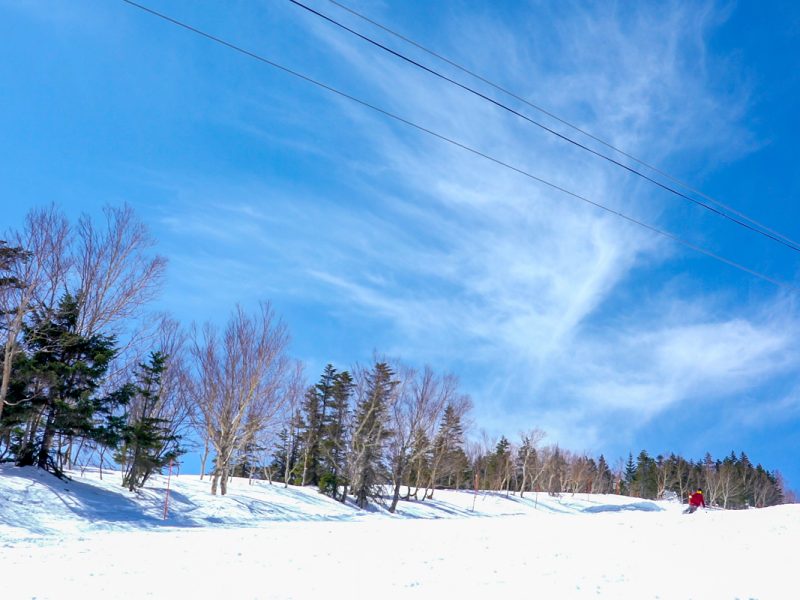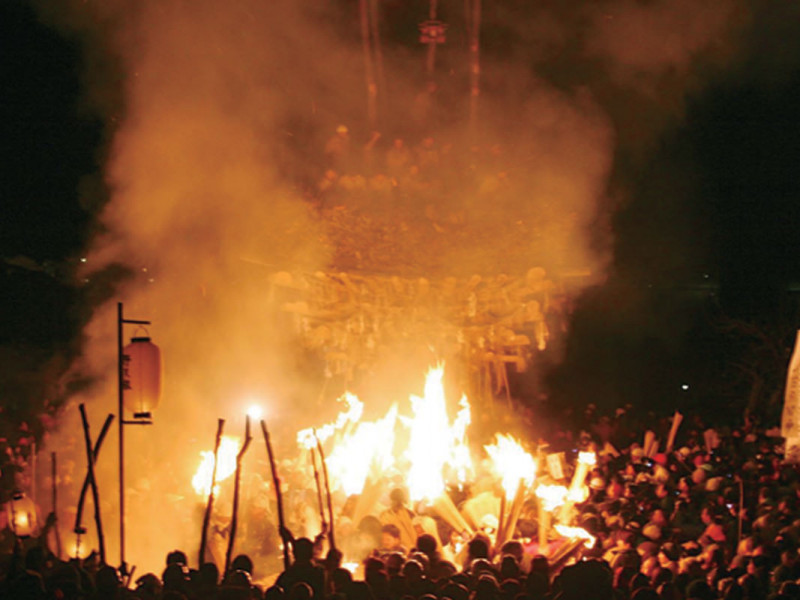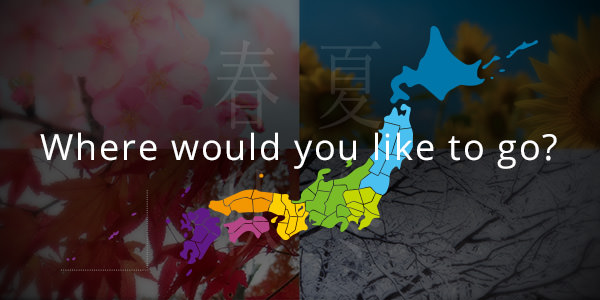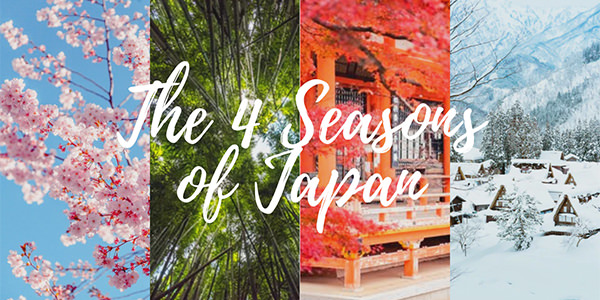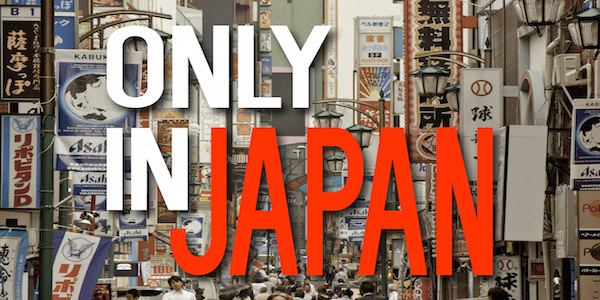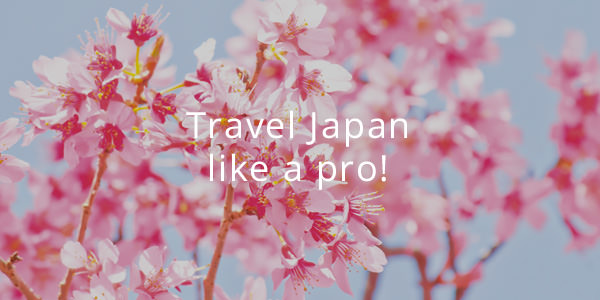aaPreviously in Kimono Evolution – Part 1, we discovered that the word kimono does not necessarily mean the Japanese traditional clothing but it describes clothing in general. We also discovered that over the long history of Japan, the ‘kimono’ has evolved from a simple potato sack style dress into a more sophisticated style of clothing that was inspired by what was worn in the neighbouring country of China.
Up until the Nara period, the style of ‘kimono’ in Japan was still very heavily influenced by the Chinese clothing however as Japan entered Heian period, a new, original style of kimono began to emerge.
Heian period
Heian period was the beginning of what we now know as ‘kimono’. During the Nara period, the people of Japan were wearing garments that featured long and wide sleeves with a thin belt that went over a skirt or a pair of loose pants. This evolved into a slightly oversized top grament which its sleeves were not sewn shut, which meant that one needed to wear layers of undergarment for coverage.
As you can see in the image below, the male costume known as the ‘sokutai’ was a pull over style garment with a high, round neckline known as ‘agekubi’ and as mentioned before, the fit was quite oversized. The bottoms were now less like the loose herring pants from Nara period but becoming closer to what is known as the ‘hakama’ which are the pants that go with the more “modern” male kimono.
 © Wikipedia
© Wikipedia
The female garment, known as ‘Nyoubo-shouzoku’ (which loosely translates to wife-costume), was made up of many layers. Like the male costume, the top layer was oversized and its wide and long sleeves were not sewn together. Underneath it, women wore layers and layers of undergarments known as ‘kosode’. The neckline of this garment was similar to the “modern” kimono, and was known as ‘tare-kubi’. The throw-over style top layer and the many undergarment layers were brought together with a thin belt, as you can see in the image below.
 © Wikipedia
© Wikipedia
It was also around this time that women began wearing bolder, prettier trinkets in their hair unlike they did in the previous periods.
Kamakura & Muromachi periods
Over these two periods, Japan gained a more active political climate and with it, men were more actively participating in activities that involved physical exercise. With the need for better movement in their clothing, the male kimono during this period began to evolve into something more practical. Rather than the tight necked, oversized and overlayered
Rather than the tight necked, oversized and overlayered garment they wore during the previous era, men began wearing a garment that featured less layers which were more fitted to the body.
There wasn’t a lot of improvement for women during these periods. The countless layers of undergarments (kosode) was slightly adjusted but not so much and they still dragged along a long, oversized top layer. For women of lower birth, they were able to cut down their layers by a whole lot, however this was not so for the women of high birth. It was during this time that men and women began choosing ‘kosode’ that had colour, as the style was evolving into something that mainly featured it.
Azuchi-Momoyama period
The Azuchi-Momoyama period is the beginning of the ‘old Japan’ that we imagine when someone talks about ancient times in Japan. This was the true beginning of the “reign of the samurai” in Japan, and the beginning of a truly vibrant and artisanal culture.
Unlike the previous era, during this time the kimono became more practical for women as well as men. This period saw more battles and civil wars fought than others. This meant that men from both high and low birth had the need for clothing that allowed them to get up on their feet, ready for battle.
Men wore a simple kimono under a vest style garment known as ‘kataginu’ which poked out above the shoulders and wore hakama pants on the bottom.
Women were finally free of the insane amount of layers and the long, dragging top layer. They were now wearing a more body-fitting, practical style kimono that was held together with an obi belt. The belt was made thicker and with a tougher material than what was used in the previous era, and the beginning of what we now know as obi belts.
 © Wikipedia
© Wikipedia
As you can see, it has taken over a thousand years for the ‘kimono’ to begin looking like the ‘kimono’ we know today. Stay tuned for Part 3 to find out exactly when the ‘kimono’ springs into Japanese history… To be continued…





